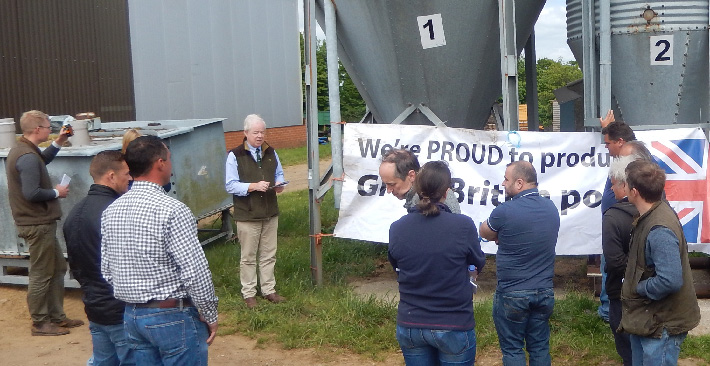Better news from the other side of the Channel and beyond has helped to buoy up the pig trade significantly with the influential German producer price rising by a significant seven cents this week to stand at €1.50, which is equivalent to 129p in our money.
From further afield, reports that China’s pig meat imports could double in 2019 as a result of swine fever hitting local output putting an upward slant on global pig prices, with forecasts that Chinese pork production could fall by 20% this year.
However, the Chinese situation has yet to filter through to UK markets with the latest SPP putting on a modest .14p to stand at 137.77p and most of the major players leaving their contribution prices at previous levels between 125-129p.
Spot prices are however tending to reflect more interest in pig meat with fewer pigs being rolled and spot prices in most cases ahead of the 130p mark.
Cull sow values have also risen following news of the improvement in the German pig values as well as a firmer Euro which traded on Friday worth 85.96p compared with 85.2p a week ago and as a result, UK export sow buyers were offering within the 68-73p range on a delivered basis according to spec.
Weaner values are also starting to reflect a better outlook for finished pig prices with fewer unsold weaners left in the system although the AHDB 30kg average has slipped by 68p to £45.17 but the 7kg pig price rose by 40p to £35.55.
Now could be the time for buyers to take a more serious look at filling empty pens and capitalising on further improvements in finished pig values especially if the Chinese forecasts of a “black hole” in their pig numbers are correct.
Feed prices are continuing to reflect the slightly bearish nature of the feed and commodity markets, with UK ex farm feed wheat quoted on a spot basis at £160.50/t and London wheat futures values also holding steady with March quoted at £164.50/t and November at £148.38.
UK protein prices are also continuing to drift south with the latest 48% soya average price dipping by £6 per tonne to £287/t and 38% rape seed also slipping back by a couple of pounds to £190/t.
And finally, back to the Chinese pig situation which could have sweet rather than sour connotations for the global pig industry bearing in mind that the Chinese have the world’s largest pig herd and in 2019 slaughtered 693.8 million pigs which works at an output of 54 million tons of pork for the year.
Another possible bonus for the pig industry is that China’s pig feed demand will, according to reports, fall by around 12% and as a result, pig feed consumption could be down by 25-30% in 2019 putting downward pressure on global feed markets.




